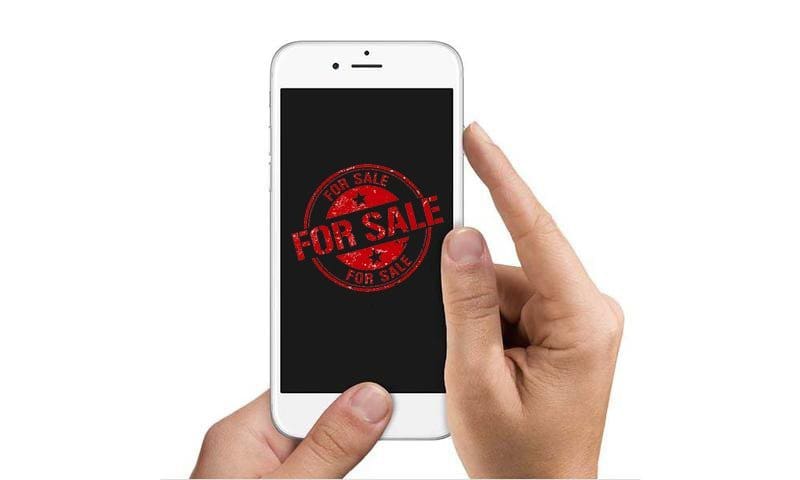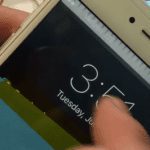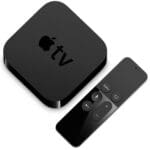More and more people are buying used devices, a simple search on Castanet (the local classifieds here in the Okanagan) or eBay will show you numerous listings for used iPhones, iPads, iPods, and more. Buying second hand is a great way to save some money and is much more environmentally friendly (read our post about the environmental impact of mobile devices).
Apple has developed some excellent security measures such as Find My iPhone to protect you in the event that your device is lost or stolen. Unfortunately these measures can be a real pain if you’ve purchased a used iPhone that is still connected to the previous owners iCloud account. Find My iPhone includes a feature called Activation Lock that is designed to prevent anyone else from using your iPhone, iPad, or iPod touch if it’s ever lost or stolen. Activation Lock is enabled automatically when you turn on Find My iPhone on a device using iOS 7 or later. With Find My iPhone Activation Lock, the Apple ID and password will be required before anyone can turn off Find My iPhone on the device, erase the device or reactivate and use the device.
Purchasing a used iPhone
If you’ve purchased a used device you can check activation lock status from a Mac or PC to be sure that Find My iPhone has been turned off and the device is ready to use. Alternatively you can follow these steps from Apple:
- Turn the device on and slide to unlock.
- If the passcode lock screen or the Home screen appears, the device hasn’t been erased. Ask the seller to completely erase the device by going to Settings > General > Reset > Erase All Content and Settings. Don’t take ownership of any used iPhone, iPad, or iPod touch until it’s been erased.
- Begin the device setup process.
- After choosing a language, choosing a country, and connecting to a network, the device will begin activation. If you’re asked for the previous owner’s Apple ID and password, the device is still linked to their account. Hand the device back to the seller and ask them to enter their password. If the previous owner isn’t present, they can remove the device from their account by signing in to icloud.com/find. Don’t take ownership of any used iPhone, iPad, or iPod touch until it has been removed from the previous owner’s account.
This article has step by step instructions on how to remotely disable iCloud activation lock using icloud.com. If you (or whoever has the Apple ID) don’t know the password to the Apple ID account that is tying the iPhone up with the iCloud Lock, you (or them) will need to reset the password associated with the account. This is also easy, it’s just a matter of answering a few questions to confirm the identity of the account holder first.
You will know that a device is ready for you to use when you’re asked to “Set up your iPhone,” “Set up your iPad,” or “Set up your iPod” during the device setup process.
Selling your iPhone
If you’ve decided to sell your old iPhone or iDevice you should follow these steps from Apple to get it ready for the next owner:
- Do a backup.
- Sign out of iCloud:
- Tap Settings > iCloud, scroll down, and tap Sign Out. In iOS 7 or earlier, tap Delete Account.
- Tap Sign Out again, tap Delete from My iPhone, then enter your password.
- Go to Settings > General > Reset, then tap Erase All Content and Settings.
- This will completely erase your device, including any credit or debit cards you added for Apple Pay and any photos, contacts, music, or apps. It will also turn off iCloud, iMessage, FaceTime, Game Center, and other services.
- If you’re using iOS 7 or later and have Find My iPhone turned on, your Apple ID and password will be required. After you provide your password, the device will be erased and removed from your account so that the next owner can activate it.
- Your content won’t be deleted from iCloud when you erase your device. *Note: Don’t manually delete contacts, calendars, reminders, documents, photo streams, or any other iCloud data while signed in to your iCloud account, or the content will also be deleted from the iCloud servers and all of your devices that are synced to iCloud.
- Contact your carrier for guidance on transferring service to the new owner. If you aren’t using a SIM-card with your device, you can contact them to get help transferring service to the new owner.
If all of this seems confusing, don’t worry we’ve walked people through these processes a million times. We don’t just do repairs, we also offer unlocking services and can help you with set up and other software questions. We are here to help, don’t hesitate to get in touch with us!




